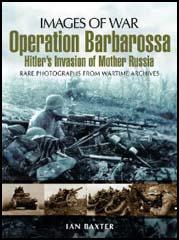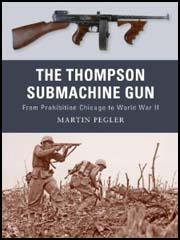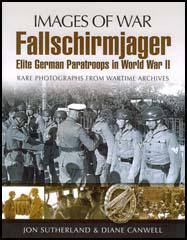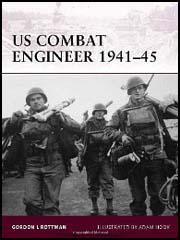Spartacus Review
Volume 50: 28th November, 2010
Military History

Title: Operation Barbarossa
Author: Hans Seidler
Editor:
Publisher: Pen & Sword
Price: £14.99
Bookshop: Amazon
Spartacus Website: Operation Barbarossa
Category:
Hitler's decision to renege on his alliance with Stalin and invade Russia in June 1941 was to have the most far reaching consequences for the world. Indeed, if there was one critical turning point in the Second World War, it would have to be this. The latest book in the Images of War series uses over 300 rare contemporary photographs to capture the scale, intensity and brutality of the fighting that was unleashed on 22 June 194`. No less than 4.5 million men of the Axis Power advanced on a 2,900 kilometer front. We see how the apparently unstoppable German led assaults crushed the Soviet resistance. But not for the first time Russian determination aided by the terrible winter conditions and over extended lines of communication checked the Nazi onslaught. In the annals of warfare there has never arguably been such a bitter and costly campaign.

Title: The Thompson Sub-Machine Gun
Author: Jon Sutherland & Diane Canwell
Editor:
Publisher: Osprey
Price: £12.99
Bookshop: Amazon
Spartacus Website: Sub-Machine Gun
Category:
The Thompson submachine gun, or Tommy gun developed an almost iconic status during the 20th century. It had an unusual beginning, for it was developed during the dying days of World War I as a 'one-man, hand-held machine gun'. The war ended before these first prototypes could be shipped to Europe but once the M1921 Thompson formally entered production it was used by the criminals working in Chicago and New York during the 1920s. With the police increasingly outgunned they too were forced to equip themselves with the Tommy gun. It quickly came to be used in Hollywood films, and by the end of the 1930s it would have probably faded from view had history not intervened. With the entry of the US into World War II there was an urgent need to equip and arm a force of epic proportions; the Thompson submachine gun began a second career as part of the US Army. It also became the weapon of choice for the small band of British commandos as they conducted a number of daring raids against the heart of occupied Europe.

Title: Fallschhirmjager
Author: Jon Sutherland & Diane Canwell
Editor:
Publisher: Pen & Sword
Price: £14.99
Bookshop: Amazon
Spartacus Website: German Army
Category:
The photos in this book are taken from an unpublished album belonged to a member of the elite German Paratroopers. First Sgt Wilhelm Plieschen served with Fallschirmjager Machine Gun Battalion 7. They suffered very heavy losses in the invasion of Crete and then saw bloody conflict as "Hitler s Fire-fighters" on the Russian Front and put up fierce resistance in places such as Monte Casino. The photographs were taken in Austria, Romania, Bulgaria Greece and Russia. There are photographs taken on an airfield on 15 May 1941 of paratroopers with kit on the ground and in front of their transport aircraft. There are a number of photographs taken en route to Crete with photographs of the paratroopers in a JU52 and shots looking out from the plane.On 20 May 1941, Plieschen was dropped over Crete. There are a set of photographs taken by the paratrooper moments after he had landed on the island. Some show other paratroopers drifting down and others feature formations of German aircraft amidst flak.There are very good images showing Germans on the deck of the badly damaged and abandoned HMS York in Souda Bay. There are photographs showing Major Erich Schulz decorating paratroopers on Crete. Further on in the set are photos showing the then Commander of the Fallschirmjager, General Kurt Student inspecting the troops.

Title: US Combat Engineer 1941-45
Author: Gordon L. Rottman
Editor:
Publisher: Osprey
Price: £12.99
Bookshop: Amazon
Spartacus Website: Second World War Chronology
Category:
At its peak in World War II, the United States Army contained over 700 engineer battalions, along with numerous independent brigades and regiments. The specialized soldiers of the Engineers were tasked with a wide variety of crucially important tasks including river bridging, camouflage, airfield construction, and water and petroleum supply. However, despite their important support roles, the engineers were often employed on the front lines fighting beside the general infantry in the desperate battles of the European theatre. This book covers the role of these soldiers, from their recruitment and training, through their various support missions and combat experiences, forming an account of what it was truly like to be a combat engineer in World War II.
